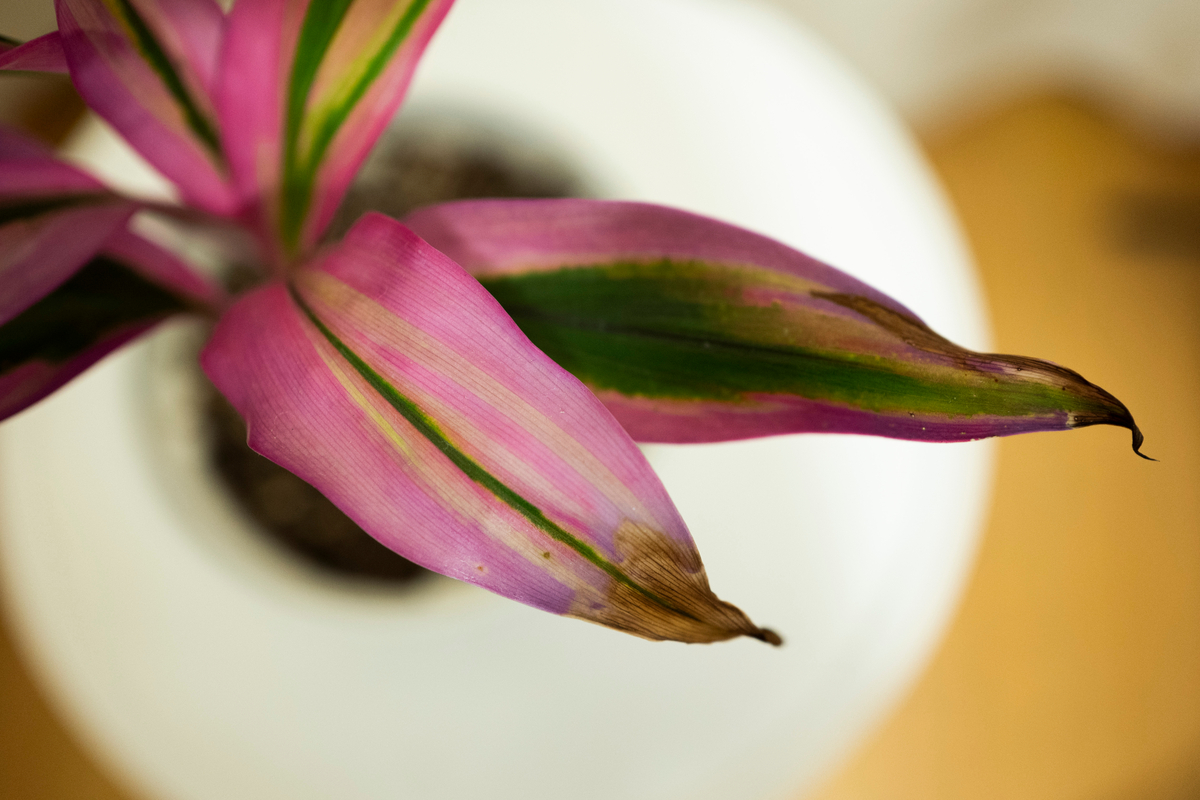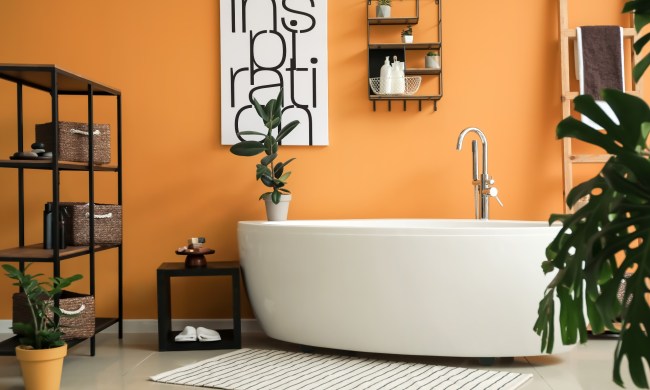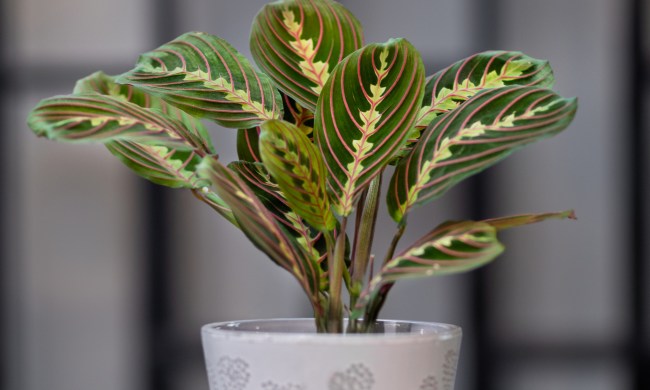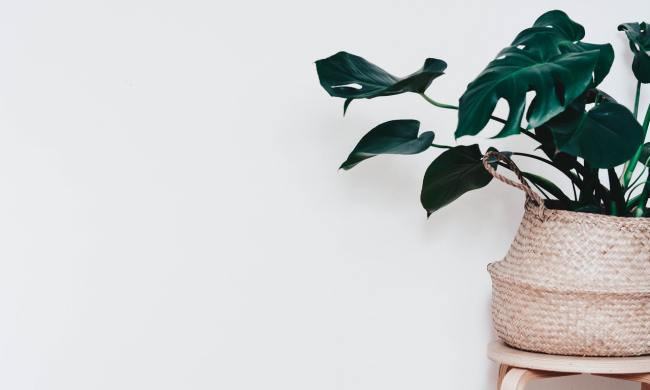Indoor plants can add style and sophistication to any room. That’s why we love cordyline for its striking appearance. It has long, thin leaves that spike up and create an effortlessly messy but gorgeous appearance. It helps that the leaves come in various colors like red, yellow, white, green, and even purple, which can add a pop of vibrant color to any decor. We’ll discuss how to care for cordyline the right way so you can enjoy its full, colorful leaves for a long time.

Cordyline proper care guide
While cordyline is not difficult to care for, it is a tropical shrub that has some specific preferences when it comes to indoor conditions. We’ll walk you through the basics of the maintenance of these beautiful plants.
Can cordyline survive winter?
This is truly a tropical plant, so it prefers warm temperatures that are consistently above 62 degrees F. If your plant is potted outside, be sure to bring it in for the winter well before the first frost. Cordyline also enjoys high levels of humidity, so it actually does extremely well in bathrooms since the steam and heat from the shower make it thrive. However, only place the plant in the bathroom if there is a window that lets in lots of natural light.
Make sure humidity levels are high
If you don’t have any natural light in your bathroom, you’ll need to find another way to keep humidity levels high around your cordyline. Try placing it on a tray of pebbles and soaking the pebbles with water. Just make sure that the bottom of the planter isn’t soaked, as this could cause root rot. You can also run a humidifier near the plant to get some moisture in the air, but misting the leaves of this plant is not advised.
Can cordylines grow in pots?
While they grow much larger in the ground, cordylines are great pot plants too. While the stems of this plant typically vary in height, cordylines will still grow up to three or four feet tall in a pot. An added benefit to using a planter for these shrubs is that you can keep them outside during warmer months and then easily move them indoors when the weather gets cooler.
How and when to water cordyline
You should only water cordyline when the top of the soil is completely dry, and you’ll find that you need to water less often during winter months when the plant’s growth slows. Use distilled water only because these plants have been known to react poorly to the chlorine and fluoride found in tap water. Be sure that when you water, you soak only the soil and not the leaves. Wet leaves can lead to rotting, mildew, or leaf diseases.
Do cordylines like sun or shade?
While cordyline enjoys bright light, this plant does not prefer direct sunlight. If your plant will be outdoors, be sure it’s in a location that gets adequate shade for some of the day. Indoors, keep your plant in a room with plenty of natural light, but make sure the sunlight is filtered and not directly hitting the plant’s leaves for too many hours per day.
Fertilizing your cordyline
Only fertilize your cordyline during the growing season, which is between March and September. You can use a liquid house plant fertilizer that’s diluted properly according to the package instructions. It’s best to apply fertilizer when the soil has slightly dried since the last watering.

Common problems with cordyline plants
Since they’re a bit finicky with temperature, humidity levels, and watering routines, cordylines do sometimes present with issues that should be addressed right away.
Brown leaf tips
If the tips of those gorgeous, colorful leaves are starting to brown, there are a few possible culprits.
- Not enough humidity. Try running a humidifier in the room to see if your plant gets any better.
- Too much or too little water. Over- and under-watering are common mistakes for many plants. Check the soil of your cordyline; give it a drink if the soil is overly dry, or pull back on your watering schedule if the soil feels too moist.
- Fluoride toxicity. The plant may be reacting to high fluoride levels in your water. Try giving the soil a good soak with distilled water to flush out the fluoride as much as possible. If you don’t have distilled water, just leave your tap water out for 24 hours so the fluoride can evaporate before you water your cordyline.
Yellowing leaves
While yellowing leaves are a natural occurrence as a plant ages, excessive or frequent yellow leaves on your cordyline could mean it’s not getting what it needs. If the yellow leaves are toward the top of the plant, the culprit could be:
- Over- or under-watering. Again, check the soil’s moisture level and adjust your watering schedule.
- Too much direct sunlight. Try moving the plant to a location without direct sunbeams.
- Fluctuating temperatures. If it’s near a vent or window, try a new location for a while.
Cordyline is a stunning shrub to have indoors. Not only does it add a beautiful aesthetic element to the room, but it’s a pretty hearty plant that’s relatively easy to care for. While it can be finicky with temperature and humidity, our care guide will help your gorgeous cordyline thrive indoors for many years to come.



